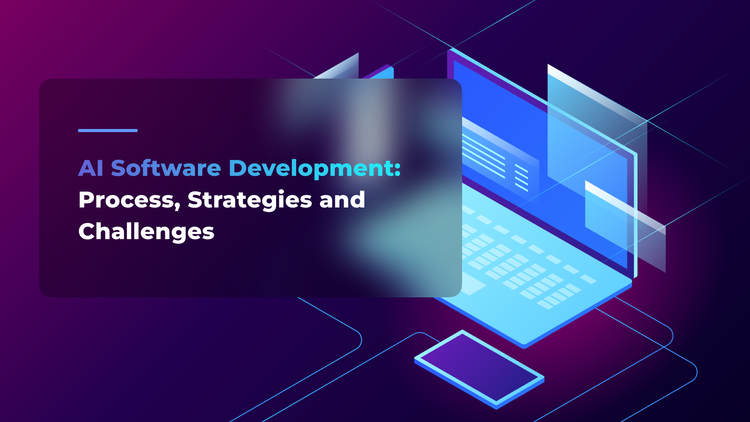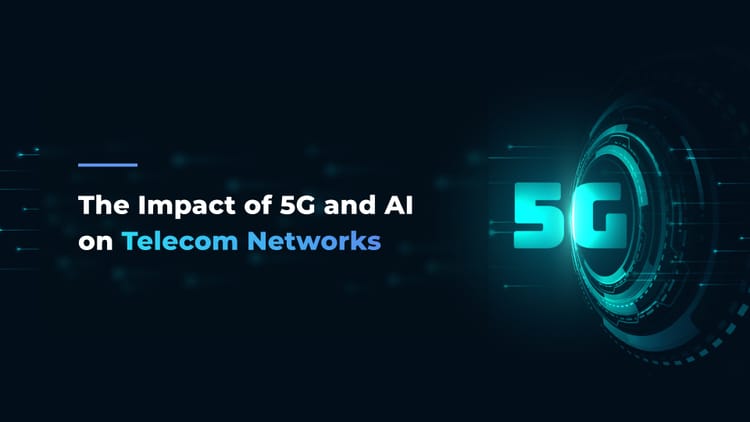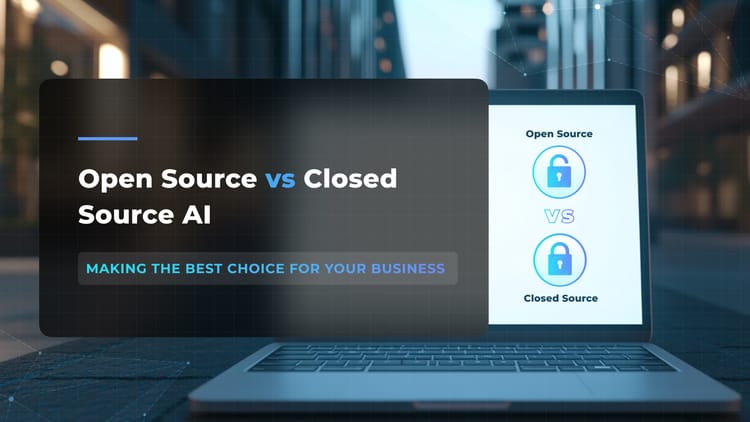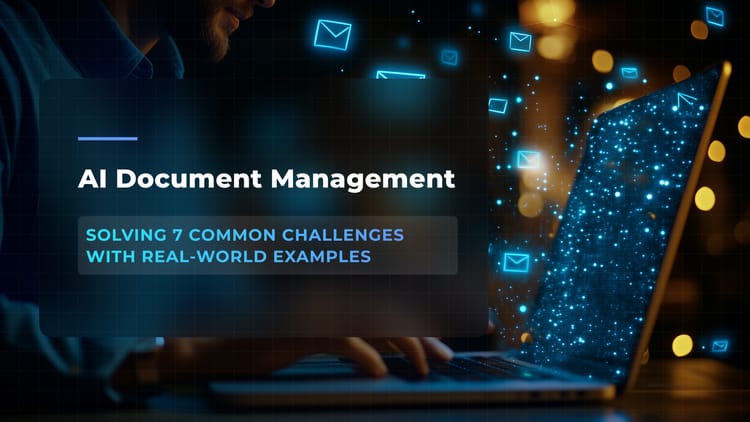How to Integrate AI Into an App: A Practical Guide and Essential Considerations
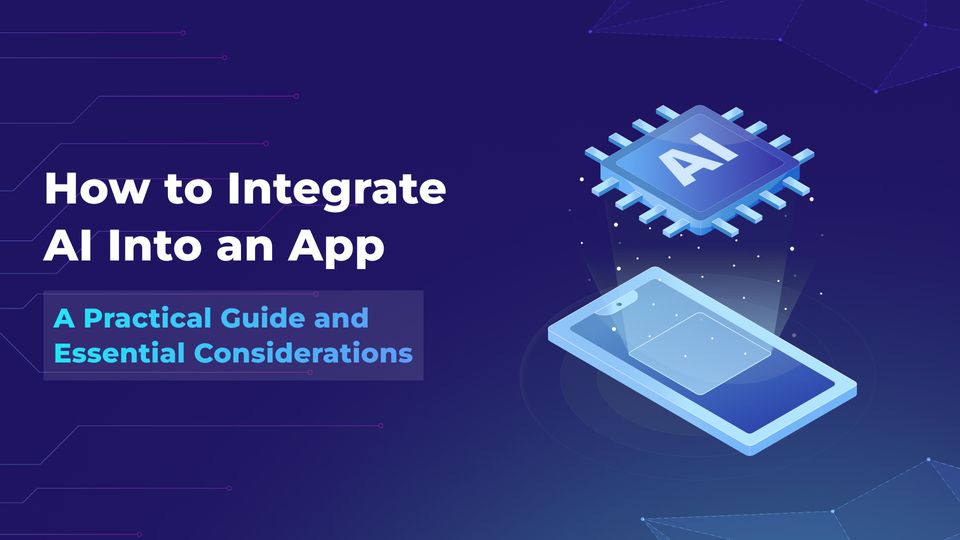
As AI becomes more widespread, many businesses are looking to integrate AI into their existing software. On one end, you have YouTube tutorials promising to have your team coding an AI addition to your app before lunch. But on the flip side, you've also got those sophisticated technical articles that make AI development sound like it is a long and extremely costly process with tons of challenges related to complex algorithms and mathematical models. So, where does the truth lie?
As an AI-focused software development team, we at Flyaps have helped modernize businesses in various industries such as recruitment, logistics, the public sector, and many more with our custom and pre-built AI-driven solutions. In this article, we will try to explain the real logic behind integrating AI into an application. It would be impossible to cover all the details for each of the 8 stages. But we've already talked about some of the steps in our other articles. So for more information, we'll leave links where you can find all the necessary insights.
With that said, let's start with the very first step – identifying the core features that would improve thanks to AI.
Step 1. Identify functionalities of AI that would benefit your app
Let’s say a logistics company has a mobile app for customers to track shipments, schedule pickups, and manage deliveries. As competition stiffens and customer demands evolve, the company decides to level up its services by integrating AI.
One of the features that could use AI is predictive analytics. By analyzing historical data on shipping routes, traffic, weather, and other factors, AI can forecast potential delays or optimize delivery routes in real time.
Sounds great, doesn't it? But here are some important questions that management needs to answer:
- Is this feature really necessary?
- Are there more time-saving and cost-effective alternatives?
- Should the company build it from scratch or continue to look for off-the-shelf options?
The answers will depend on a number of factors, but we will not go into each one. For now, it would be enough to say that any company needs to weigh up the potential benefits of AI integration at this step and consider aspects such as:
- the competitive strategic advantages of AI;
- the potential cost-benefit;
- the ROI evaluation.
Here is an example of Canva. For this web-based design platform, to stay ahead of competitors like Adobe and remain relevant in the niche it has successfully occupied (products for people without professional design skills), it needed to embrace AI. Especially after Adobe's market capitalization swelled by 50% to $231 billion in 2023 when Adobe added AI capabilities across its products. To keep up with competitors, Canva added "Brand hub" in their worksuite. It helps users stick to their company's style by providing easy access to logos, fonts, and colors. Another handy tool is "Magic replace", which quickly swaps out old logos or graphics across all designs.
/cdn.vox-cdn.com/uploads/chorus_asset/file/24528476/Brand_Kit_In_Editor.jpg)
Canva also added AI-powered features like "Magic eraser" to remove unwanted stuff from images, and "Magic design" to create personalized templates from uploaded images.

This example shows that the game rules are changing and AI is becoming a necessity to deliver world-class service, so the sooner your business embraces it, the better.
Step 2. Prepare relevant and high-quality data
Suppose you want to add a chatbot to your internal platform for employees only. Its purpose is to provide newcomers with answers about the company, and management with the necessary contacts. The AI models that would provide the right information need to be trained on high-quality data, which is accurate and relevant to what you want the AI to learn. AI development platforms can support this process by offering tools to manage data, train models, and ensure deployment efficiency. For example, if you just use any old data about the company that you find on the Internet, it might be rich, but it can also be full of errors or irrelevant things. And that won't help the AI learn effectively. That's why preparing a solid data foundation for AI is crucial.
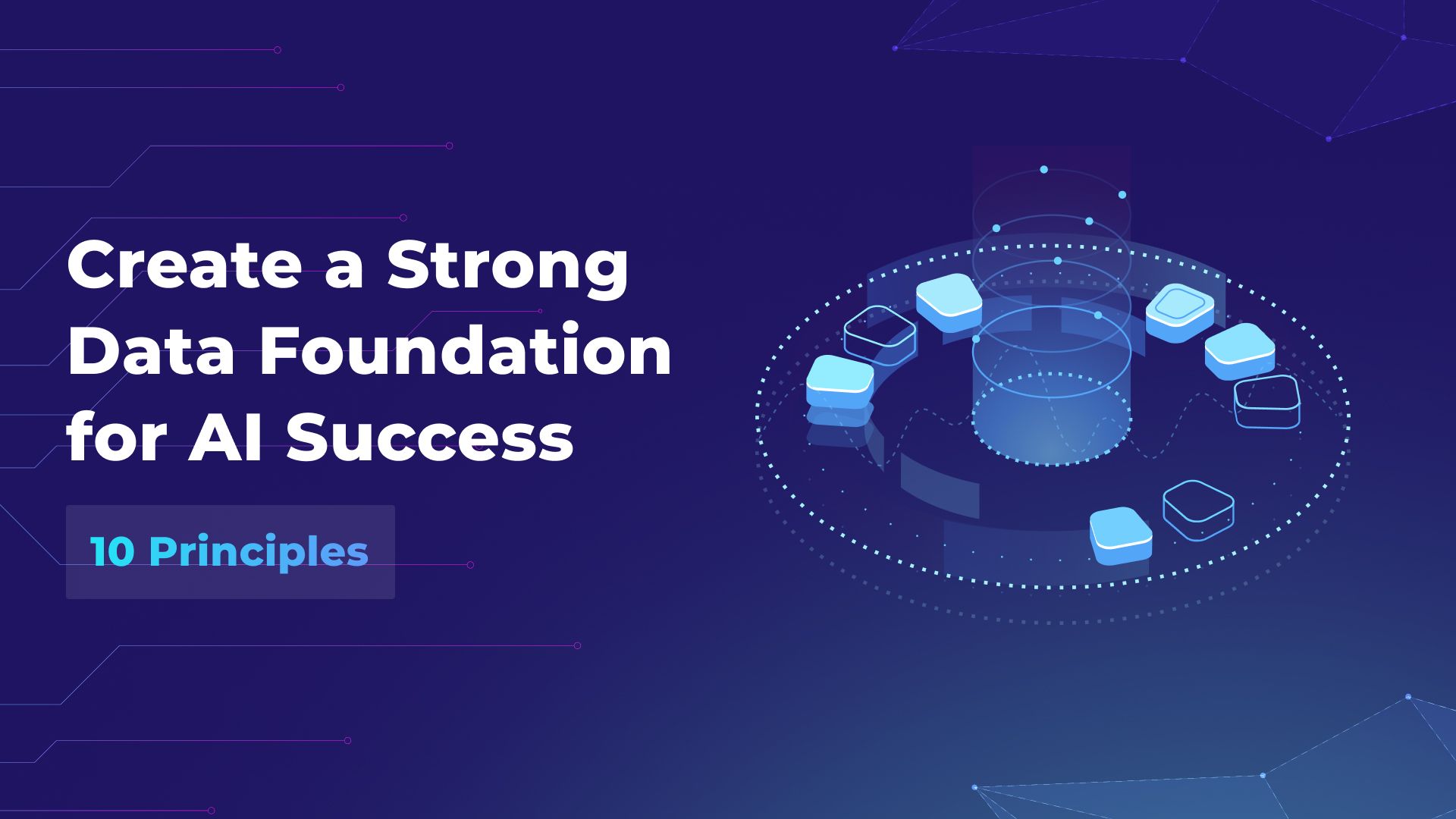
To keep AI models updated with fresh data from workspace platforms and emails, data engineers use data pipelines. It's a system of virtual pipes that collect data from different sources, organize it, and send it to storage places like data lakes or warehouses. From there, AI models can access the data and learn from it to stay relevant.
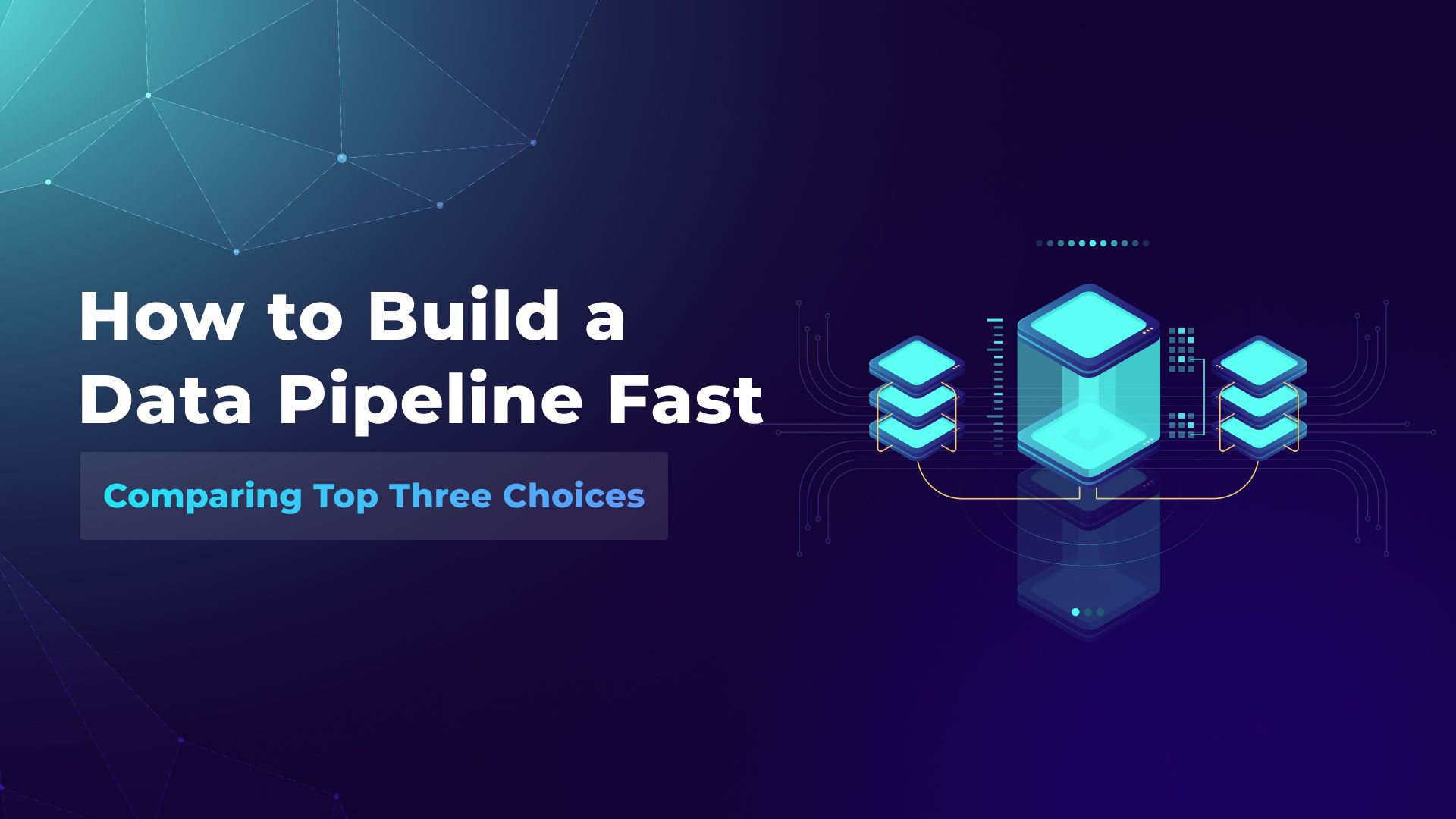
Step 3. Choose the right models
After you decided on the requirements, it’s time to choose LLM models that can provide the needed functionality. For instance, you want to transform a drawing into a lifelike photo. The tool able to do this will likely be based on GAN (generative adversarial network) – the model popular for tasks such as style editing. Or let's say you stumbled across a website that allows users to create their own music snippets. Chances are that the platform is powered by RNN (recurrent neural network). This model learns patterns and connections in music data, allowing it to create new sequences, or even 'write' music.
There are plenty of pre-trained models available in libraries like TensorFlow, PyTorch, and scikit-learn, letting your developers save time and effort. You can also find some industry-tailored options, like our pre-built resume parser for HR, cargo handling and space utilization for logistics, or art recommendation for e-commerce. Each of these models can be seamlessly integrated into your app and your team doesn’t have to worry about the hassle of training them from scratch.
Step 4. Select a technology stack
There will be different technologies used in the different stages of AI development. We’ve already mentioned the data and models stages, now let’s talk about the AI infrastructure and AI applications.
The AI infrastructure layer provides the foundation for your AI-driven addition to run smoothly with the rest of the app. This layer includes hardware components like CPUs and GPUs, as well as software tools like operating systems and virtualization software. These elements work together to support the processing power and efficiency needed for your AI system. Hugging Face, LangChain, Pinecone – those are the technologies that are often used at this stage. Hugging Face provides access to pre-trained NLP models like BERT and GPT, LangChain facilitates the deployment of AI models for language processing tasks, and Pinecone offers storage and retrieval capabilities optimized for AI applications using high-dimensional vectors.
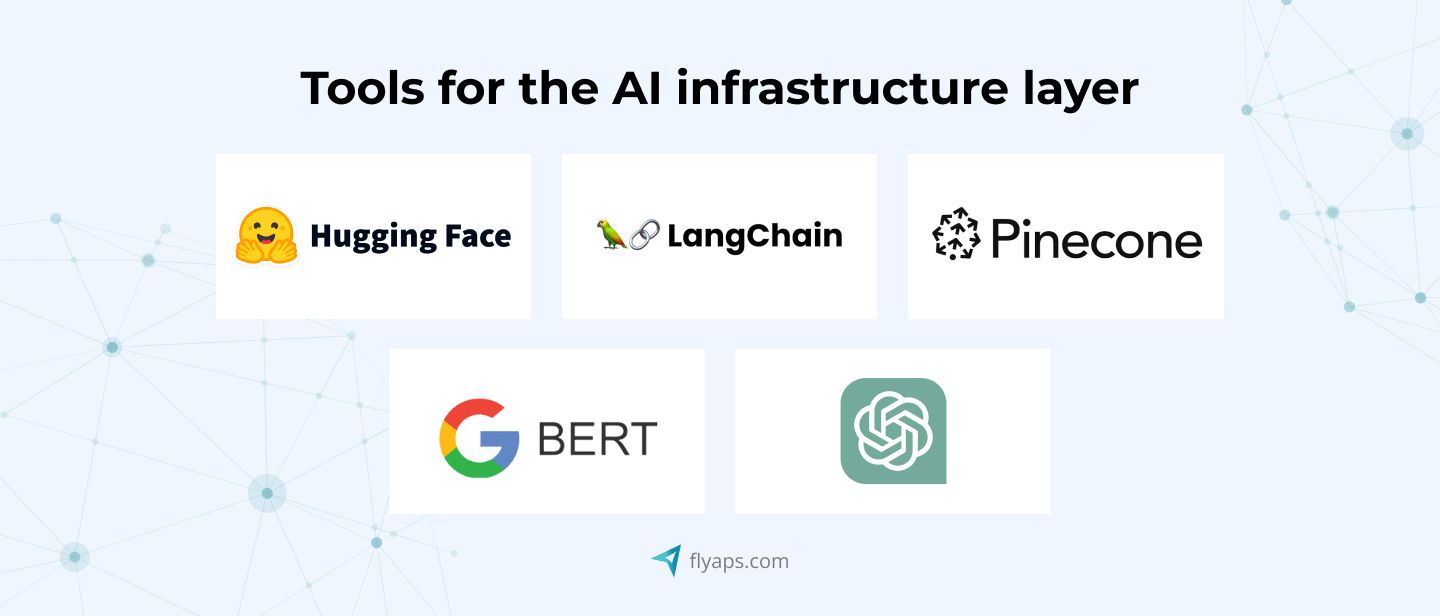
The applications layer is where you'll find the specific use cases and functionalities of your AI system. This could be anything, from chatbots and recommendation systems to autonomous vehicles and other AI-powered applications. When choosing your generative AI tech stack, you'll want to consider which technologies best support the specific applications you're planning to develop and deploy.
Tools like Causaly, Harvey, Shopify, and ServiceTitan are specialized AI solutions tailored to specific industries or generative AI use cases. Causaly, for example, is designed for biomedical research and drug discovery. Harvey is a platform for legal research and contract analysis. Shopify is commonly used for e-commerce.

For more information, read our dedicated article on how to choose the right AI tech stack for your application.
Step 5. Train your AI models
In general, training AI models involves three steps:
- Feeding data into an algorithm to make predictions and check how accurate they are.
- Testing how well the AI works on new data it hasn't seen previously.
- Checking if the AI makes accurate predictions with brand-new data.
The particular algorithms and techniques used for training AI models depend on many factors, including the type of data and the available computational resources. Common techniques include supervised learning, for example, where the AI model learns from labeled data to make predictions. Reinforcement learning is another popular training technique, but for making real-time decisions. In this case, the AI learns by trial and error through interaction with its environment.
Step 6. Handle input and output
Handling input and output means making sure that data can go into the AI model correctly and that the results it gives back are useful.
For input, developers need to make sure the data is in a format the AI understands and can work with.
On the output side, developers need to think of how they can use the information the AI model gives them effectively. This involves creating systems that can understand and make use of the AI's predictions or recommendations.
Overall, handling input and output well is crucial for AI models to work smoothly and provide value to users.
Step 7. Conduct extensive testing
Testing means thoroughly checking and fixing the AI integration in case any problems arise. This is done by using different types of tests:
1. Unit tests (focus on testing individual parts, or "units," of the AI integration to ensure they work correctly independently).
2. Integration tests (aim to check how different parts of the AI integration work together as a whole, ensuring they interact smoothly and produce the expected results).
3. Real-world scenarios (these involve testing the AI integration in situations that mimic real-life usage, helping identify any issues that may arise in practical use).
Step 8. Deploy and monitor feedback
After your AI project goes live, it's important to keep an eye on how it performs. First, you need to decide what success looks like for your AI addition to the main project. Therefore, setting measurable metrics is crucial. For example, if you've created a chatbot, you might measure success by tracking how accurately it answers customer questions or how many issues it resolves without human intervention.
It's also important to gather user feedback to see if their experience is as enjoyable as you planned it to be. You can do this through pop-up surveys in the app.
Finally, analyze the data you've gathered to identify any areas where the AI-driven part of the app has drawbacks or, conversely, where it exceeds expectations.
Make sure you have a proper team to handle each step without a hitch
As we said right in the beginning, AI integration into an app involves many more details than any article could ever cover. The AI market and technologies are changing and evolving rapidly, so you need a proper team to make the most effective use of your time and resources.
Here's what you need to consider when choosing developers for integrating AI into an app:
- The right software development team will have the skills and in-depth knowledge needed to build an AI-driven addition that would add value to your solution.
- Look also for a company with a track record of AI cases in your specific industry or domain. For example, if you're in the telecoms sector, your ideal team will need to keep an eye on successful cases in this field to understand what technologies and approaches your competitors are using to make their AI stand out.
- Make sure the company offers transparent pricing and delivers projects within agreed timeframes. Feel free to read our other article to learn how much AI costs in 2024 and be sure you are paying a fair price.

Curious about the best approach to adopting AI in your business? Read our article "AI Implementation Strategies: Building, Customizing, or Integrating?" to explore the pros and cons of each method and find the right fit for your needs.
Still feeling overwhelmed with all the details that need to be handled to integrate AI into your app? As a software development team with a set of customizable AI-based solutions, we at Flyaps are here to help. Just drop us a line, and we'll take care of all the technical aspects.




